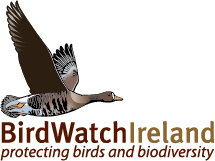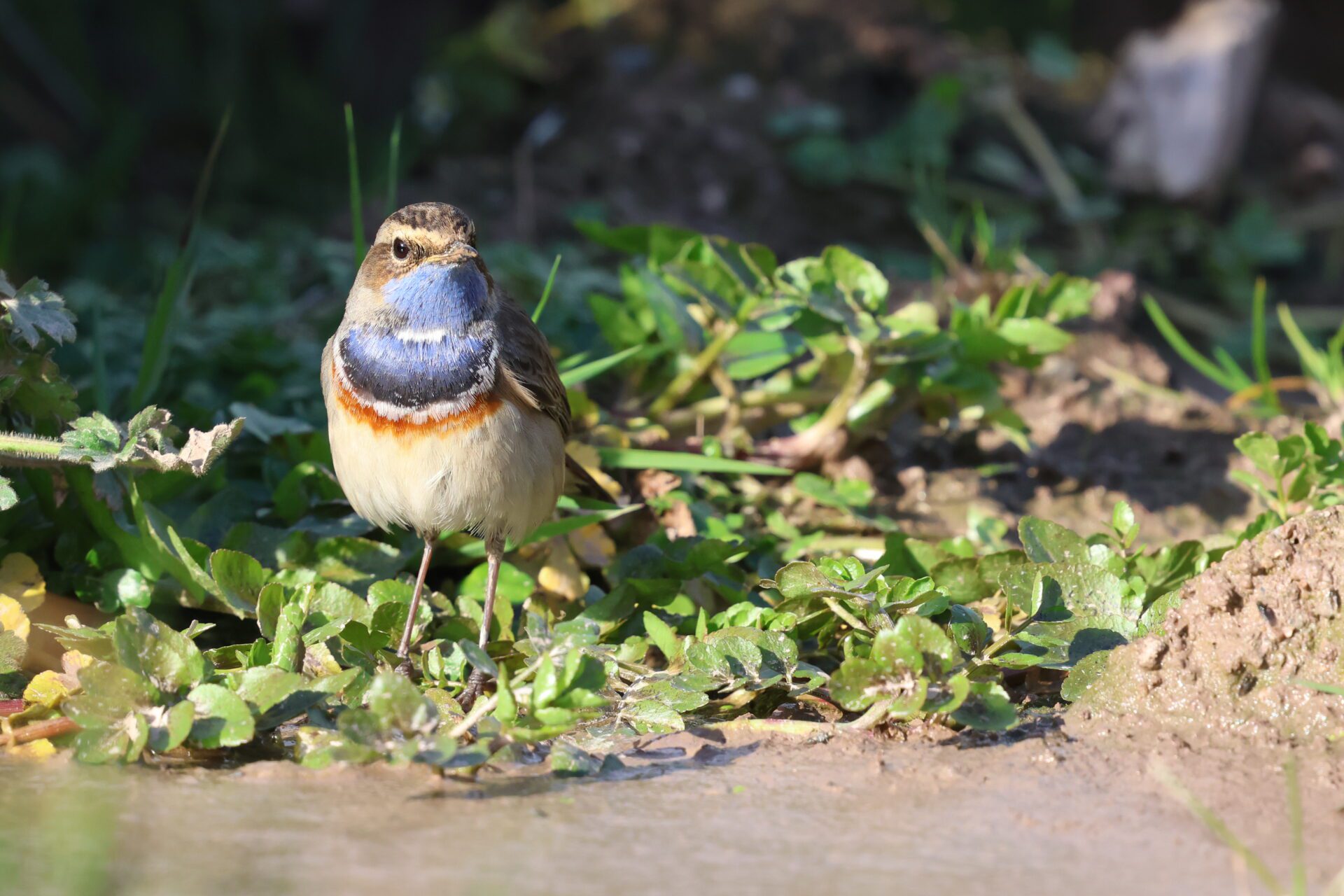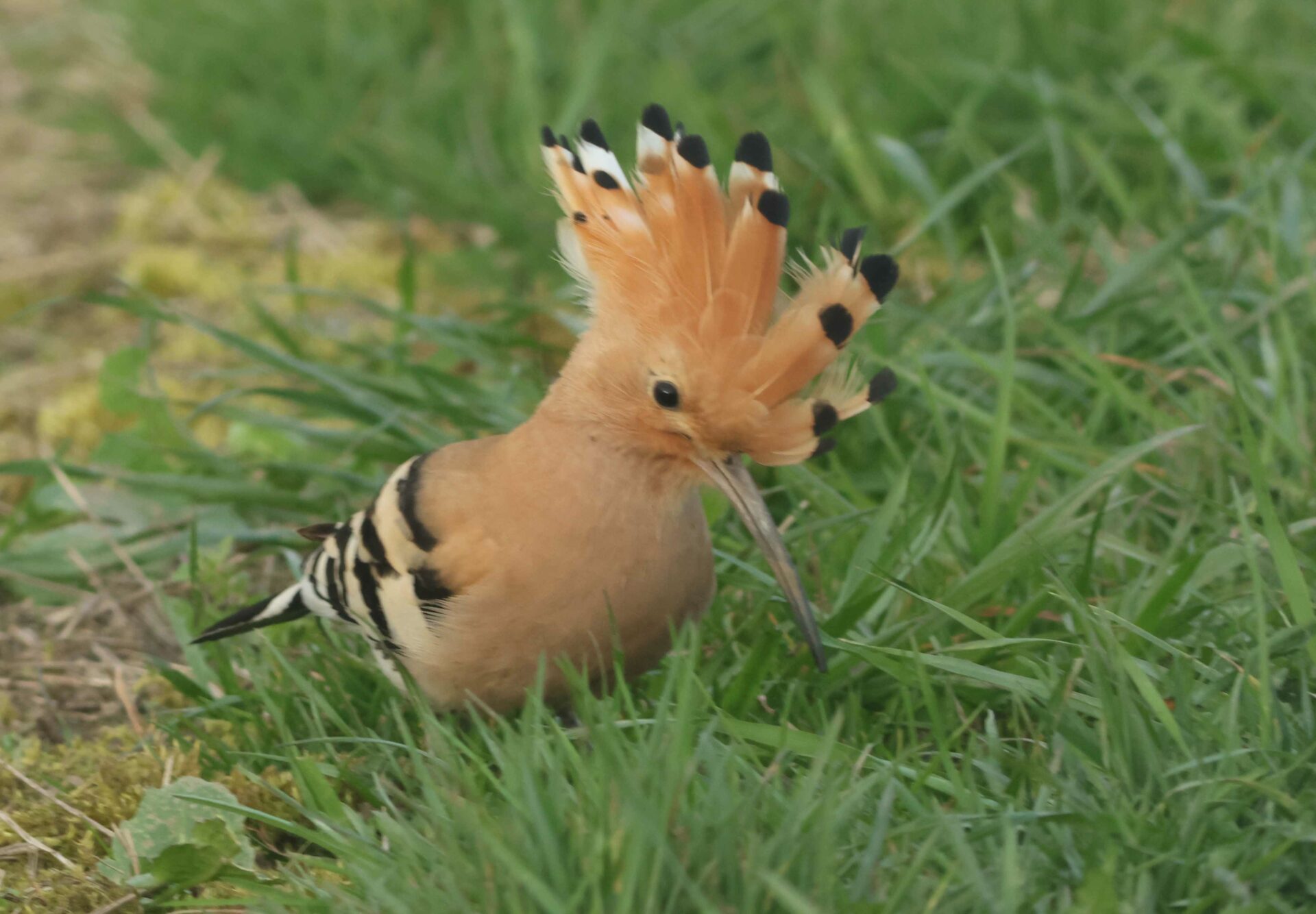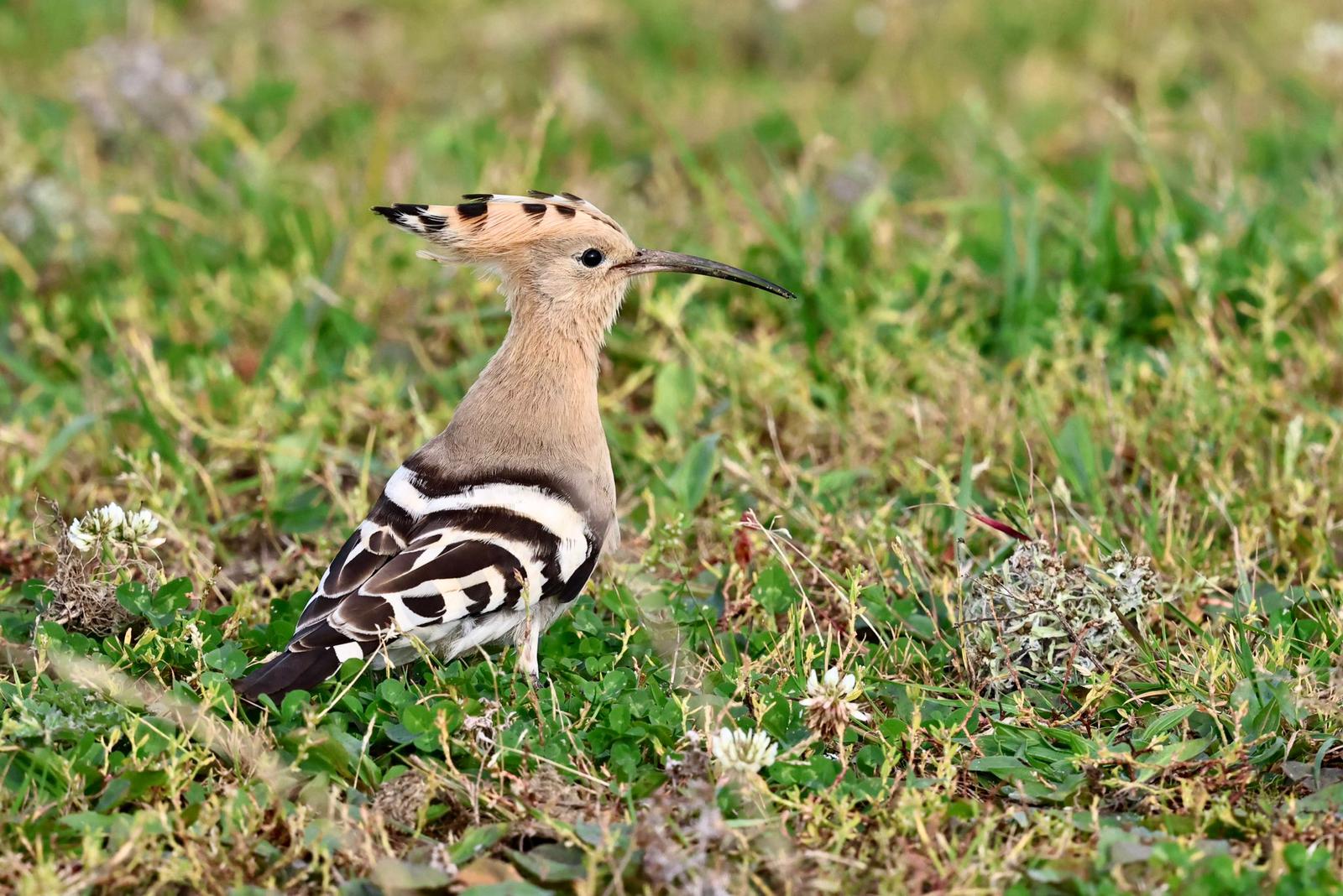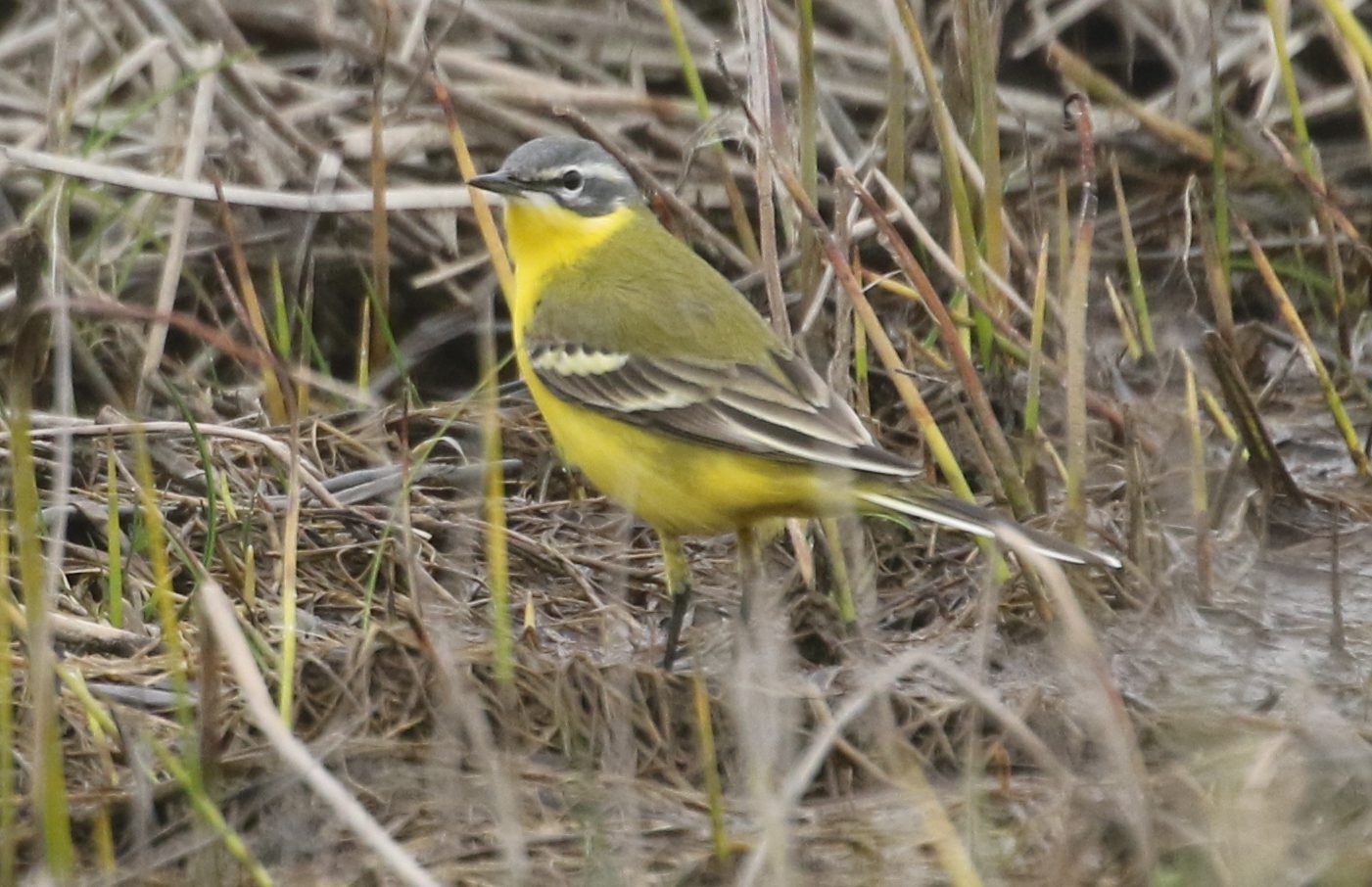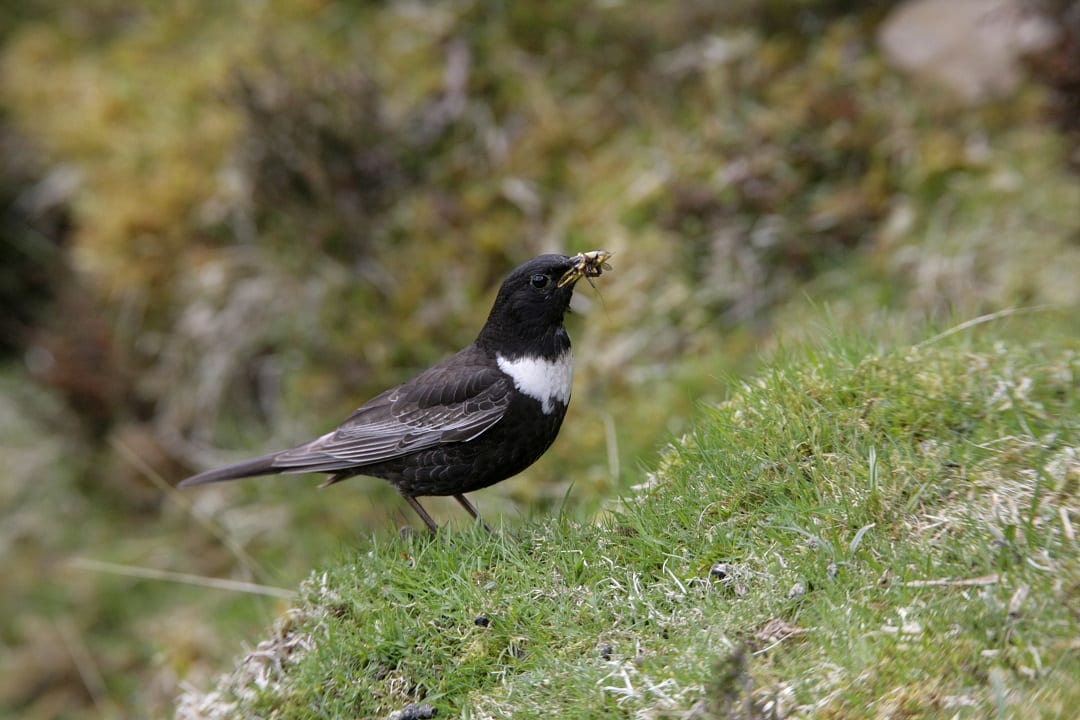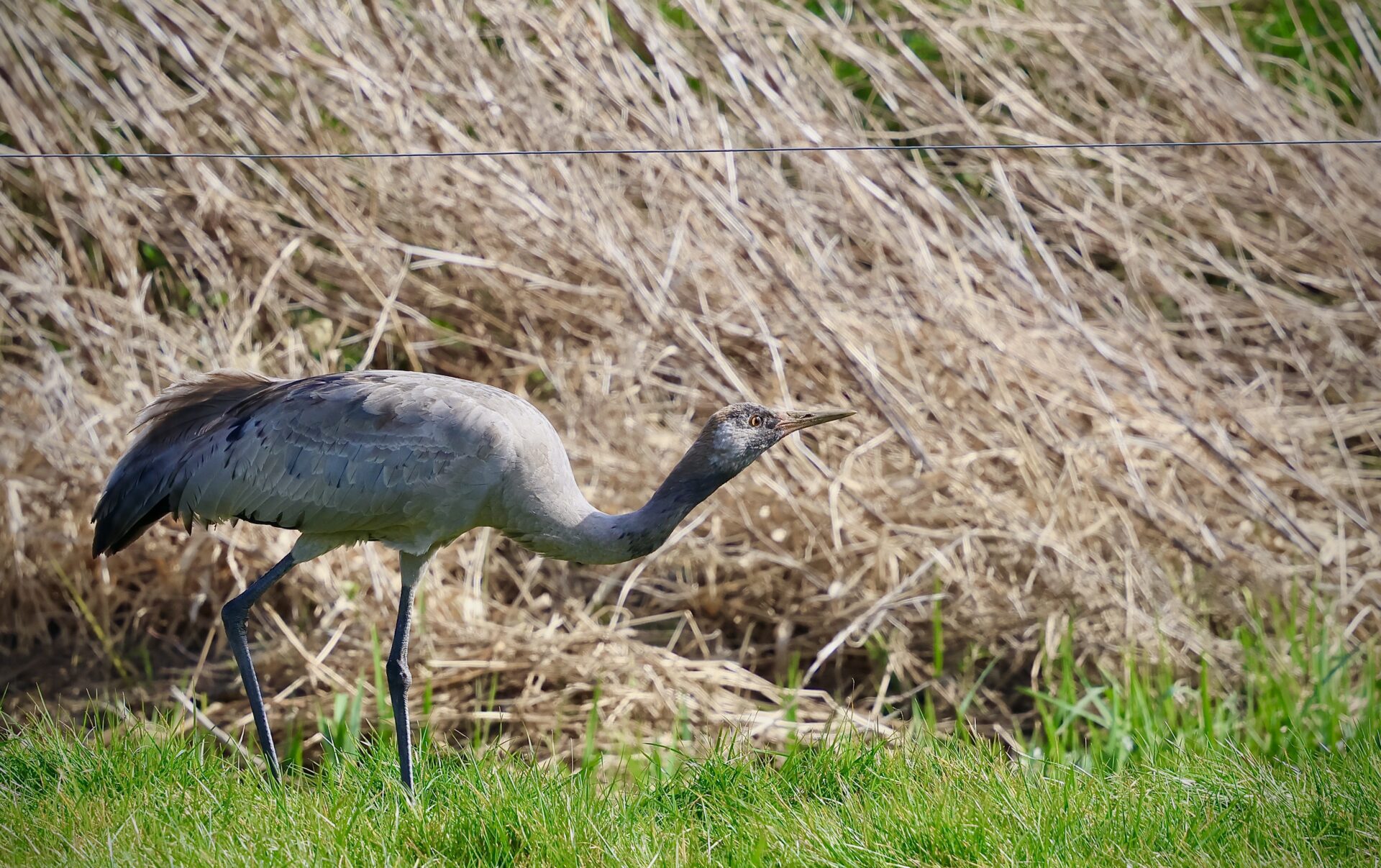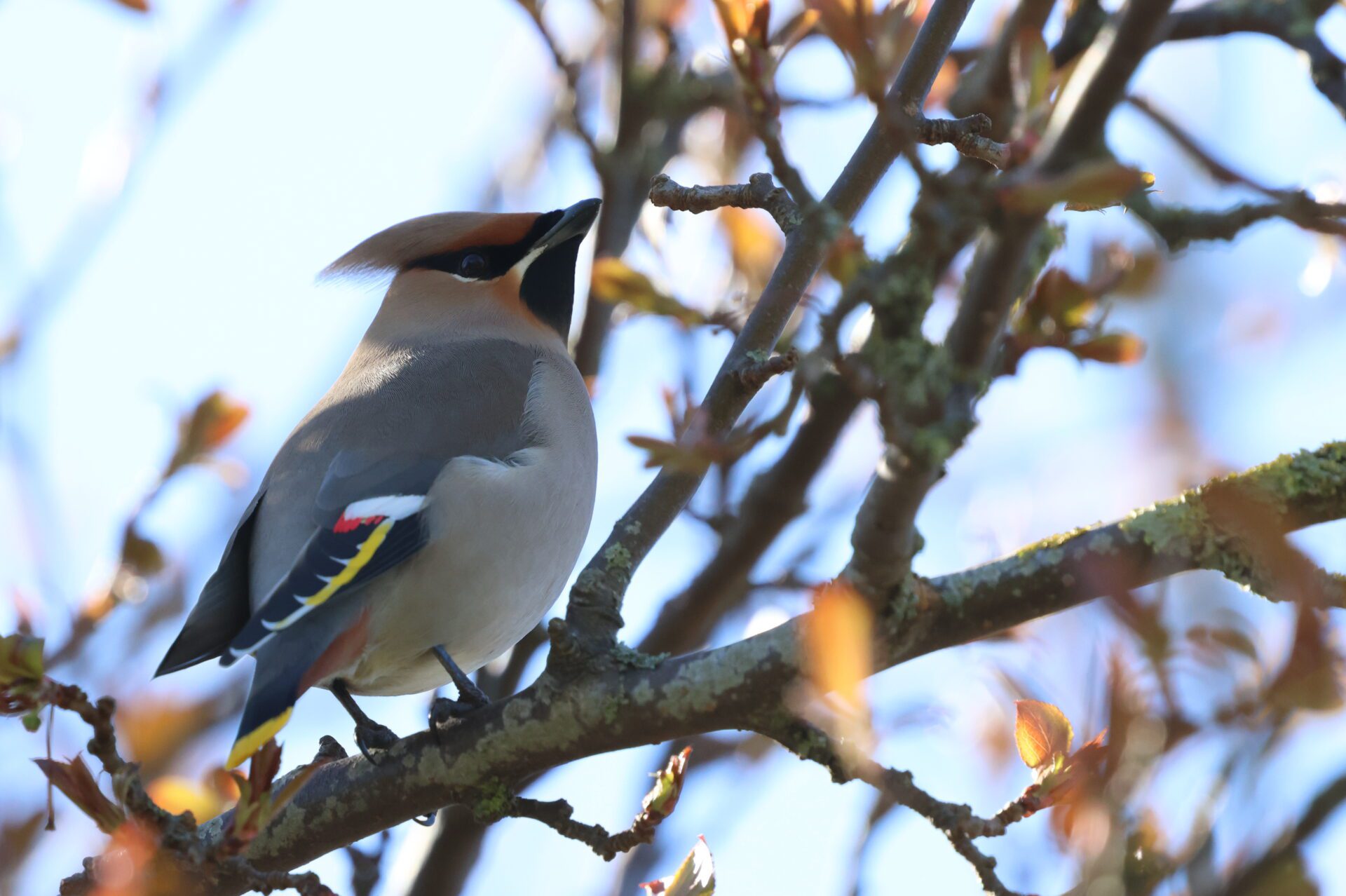March is brimming with excitement, poised on the cusp of changing seasons. In the bird world, this is a time of movement – many species are either on the move or preparing to take flight. As spring unfolds, birds begin their migration northwards. For those that winter in Ireland, this means returning to their breeding grounds further north. Meanwhile, species that have spent the winter months in warmer climates start their journey back to Ireland to nest and raise their young. Already, we have started to see the return of a fan-favourite, the Swallow, as well as several other summer migrants. Before long, our skies will be filled with the sweet sound of the down chorus (check the ‘What’s On?’ section of our member’s magazine Wings, or the Events page for dawn chorus events happening near you).
In addition to the predictable comings and goings of species following their annual rhythms, the changing seasons also bring excitement in the form of rare birds. A recent influx of Hoopoes has caused quite a stir. This exotic bird, distinguished by its striking pinkish-buff plumage, black-and-white striped wings, and prominent crest, is typically a rare visitor to Irish shores. These striking birds have been recorded at at least 41 locations so far, with some sites hosting up to four individuals (information courtesy Irishbirding.com). Most observations have been in the south of the country, particularly in Wexford, Waterford, Kilkenny, and Cork. The most westerly sighting was on Cape Clear Island, home to BirdWatch Ireland’s bird observatory. Other sightings have occurred in counties Louth and Down.
(Image courtesy of Michael O’Cleary)
(Image courtesy of Cian Cardiff)
The sudden surge in Hoopoe appearances is largely attributed to unusual weather patterns. During their northward migration from wintering grounds in Africa to breeding territories in southern Europe, Hoopoes can be influenced by prevailing winds and atmospheric conditions. This year, a combination of high-pressure systems and strong southerly winds likely caused many of these birds to overshoot their intended destinations, leading them to Ireland instead. Similar events have been documented in the past. There was fall of roughly 50 Hoopoes in 2015 and in 1965, approximately 65 Hoopoes were recorded in Ireland under comparable circumstances.
(Image courtesy of Vittorio Caschera)
With all eyes on a place, you never know what will turn up. For example, one location that has been a hotspot for exciting rare bird reports the last couple of weeks has been Brownstown Head, Co Waterford. Two Hoopoes were reported, then along came the exciting report of a White-spotted Bluethroat (a stunning bird somewhat similar to a Robin but actually most closely related to Nightingales). Before long one Bluethroat became two. Reports of Ring Ouzel and Blue-headed Yellow Wagtail were added to this already impressive list, along with Tree Pipit and Black Redstart.
(Image courtesy of Killian Mullarney)
(Image by Andy Hay, courtesy of RSPB-images.com)
In other rare bird news (noting that there are plenty of other sightings not mentioned here), a juvenile Common Crane had been a reliable sight on the Kilkenny-Carlow border since early January but in late March a second turned up near Ardee, county Louth. Both offering amazing views of these once common birds. Now that spring has crept in, one might have thought the days of spotting the evocative winter migrant, Waxings, was behind use but as a nice treat, a single bird turned up in Glasnevin, Co Dublin, on the 24th of March (with no other seen since January).
(Images courtesy of Vittorio Caschera)
Times like these highlight more than just exciting birdwatching opportunities—they showcase citizen science in action, and why it is so important to record what you see. Many of these sightings have been recorded on BirdTrack, a free online platform where birders can log their observations while contributing to valuable scientific research. Reporting rare bird sightings is essential. It helps track species that are becoming more frequent visitors (as happened with the once-rare Little Egret and Great Spotted Woodpecker, both now widespread residents). It also allows others to see what’s around.
However, rare and vagrant birds often don’t linger. Because of their transient nature, they are not considered high conservation priorities in Ireland, as there is little we can do to protect them. To add greater value to your BirdTrack contributions, consider submitting complete species lists from your birding walks. In addition to recording rare sightings, documenting common birds helps build a more comprehensive picture of bird populations. Beginner birdwatchers shouldn’t be intimidated, recording species lists is open to birdwatchers of all levels and, in fact, is a fantastic way to become more familiar with your local birds. Building familiarity with the common species is what sets you on your way to identifying more difficult and more rare birds. You’ll be separating your Grey Wagtails from Yellow Wagtails in no time.
So, when you’re out birdwatching, be it a daily walk or a rare bird hunt, why not record all the species you see along the way? Submitting a complete list is a meaningful contribution to science—and something any birdwatcher can take part in. We will be doing a demonstration of how to use the complete list feature on Birdtrack at the South Dublin Branch outing on Saturday the 13th of May. Come along to hear the beautiful chorus and learn how you can really make your records count.
